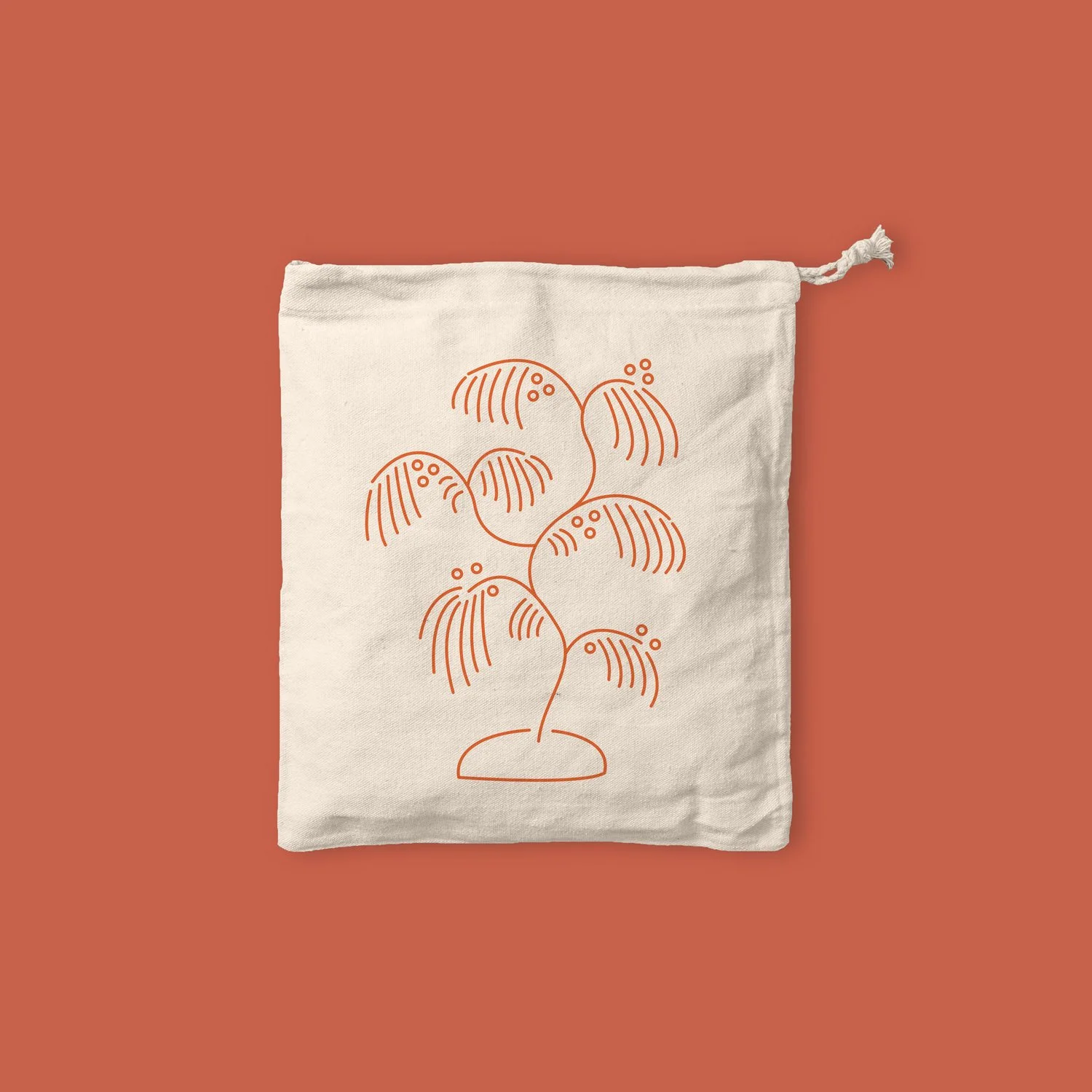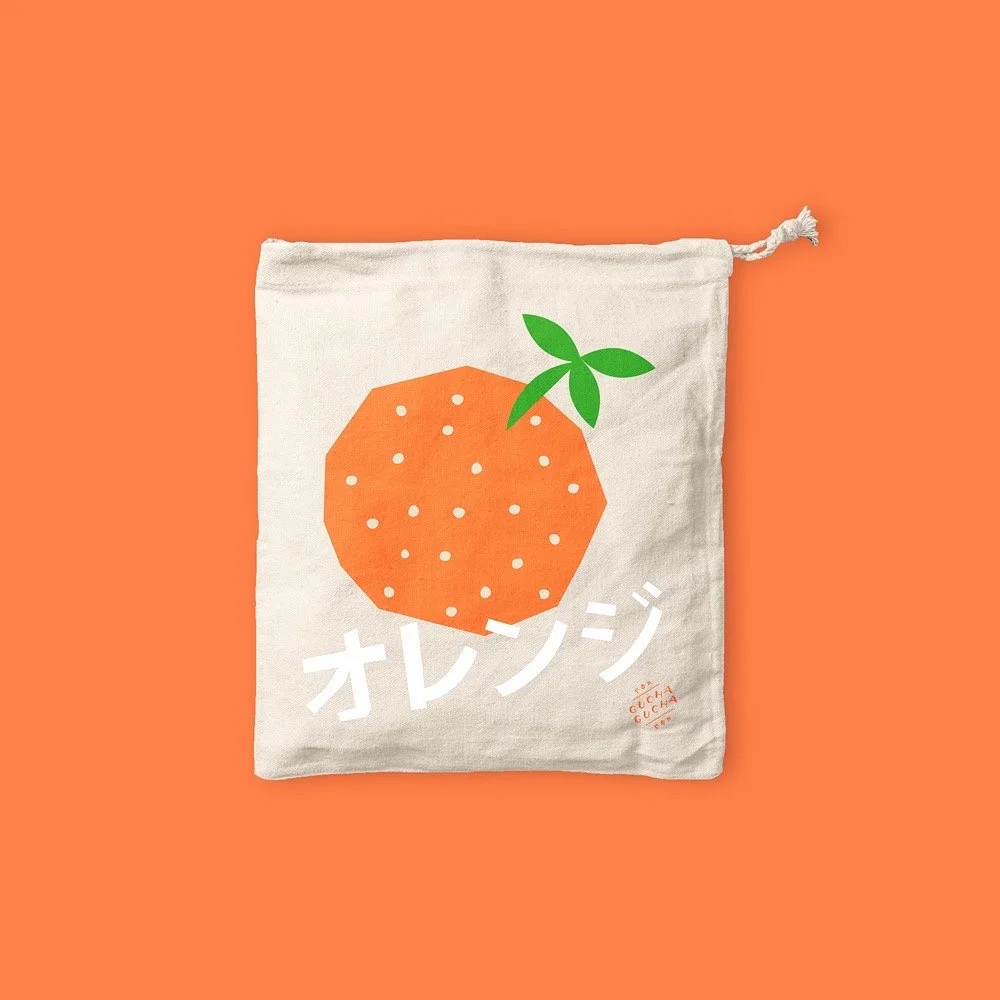Our Renegade Craft Fair Experience & Guide
It was hard to find recent and relevant info on getting ready for our first Renegade Craft fair when we were first starting Gucha Gucha, which is unfortunately the nature of being in a competitive world of small shops and creatives. Gatekeeping is unfortunately so very real and we’ve gotten butt-hurt reaching out to creatives that we look up to that totally left us on “read.” Our goal is to always uplift other creatives – prioritizing BIPOC – and thought sharing our insights and process of how we tackle these intimidating fairs would be helpful to those starting out or thinking about applying to Renegade.
Please note, we’re approaching this from the lens of creativity and the business thinking is secondary since our goal was to just make art we are proud of and to share it with others. At the time, Maksim had a full time job and Kasumi had left their toxic job to figure out and see if this is something we could accomplish.
Applying to Renegade
Don’t be afraid to apply!
We didn’t have a single product actually made when we applied, other than a few test print drawstring bags that we made for ourselves. The canvas prints were an idea and we didn’t even own a sewing machine. 🙃 Gucha Gucha was just a dream and Renegade was the way we chose to get us started.
With our graphic design backgrounds, we were able to comp some believable mockups of bags & canvas prints and put together a quick Squarespace website to look as “real” as possible. Our Instagram account only had a dozen or so followers, most of which were us, our friends, and our cats.
To our surprise, they took a chance on us and we found ourselves staring at an acceptance email. It was exciting and very overwhelming, but within the 2-3 months we had to put everything together we totally made it to the fair with something we were incredibly proud of!
Here is a photo of Kasumi at our first Renegade Fair in 2019:
We were lucky to share a booth with Erica who now runs Hot Fluff.
One of the first mockups we used to apply and never even made it.
These look simple but were so much harder to print than we thought.
Also never made this, but revived it as a tote design a few years later.
You’re accepted! Now what?
Schedule every little step, because there is always more to-do than you think.
If this is the only thing you read, let it be this! Put on your project manager hat and get organized.
It will feel overwhelming, especially if you have to produce a lot of new products, but making lists and putting them on a calendar will help you stay focused and on track.
We’ve linked below a few google docs that saved us:After getting accepted without having products made, we had to schedule a few things.
Prototyping drawstring bags and wall art, so figuring out sewing, printing, and then how to package it for a person to bring it home
Production of how much we need to make in order to hit our goal to make $1k
Testing our booth with the tent we bought and signage
Testing to pack everything into our Kia Soul, Ketchup
After scheduling it all, we would then refer to our booth mockup to make sure we were filling in the space.
Calendar Overview
Other tips:
Do your best to not schedule things to do up to the day before. Inevitably you will be working up to the day before, but try your best to get some rest.
Your mockup is going to change every day. Be comfortable with change, and have compassion for yourself. Try your best to have some fun.
Full transparency, this is the output of two able-bodied creatives. This was not as easy as it looks and there were definitely a few ugly boo-hoo days. We are two perfectionists that went a little too hard, so do what makes sense for you!
Buddy up!
Find another creative you can apply with. Booth costs get cheaper, there’s less space to fill, you have a support system for basic needs (eating, hydrating, going to the bathroom). But most of all, it’s just more fun.
We luckily been paired with lovely people, but you can certainly get paired with someone who might not be able to support you during a time of need and it’s best to avoid that kind of stress the day of events.
Tip: Mockup your booth if you are sharing and get alignment on it with your boothmate. That way when you test your booth at home, you are working within the space you have figured out.
Invest in the Basics
A lot of the things we bought and made for our first Renegade in 2019 we still use today.
Brand Signage
We made our own noren with our logo to hang at the front of the tent. Unique signage that’s true to your brand can help your booth feel more inviting.
Signage for ways to connect on social
Come up with clever ways to start building a social following. Our favorite thing is to use a lottery wheel garapon. Visitors spin the wheel for a chance to win a free mottainai drawstring bag.
Table Cloth
We sewed a custom tablecloth to extend our branding through color and texture.
Business Cards
It’s very much a thing for customers/business owners to run around and collect business cards at Renegade. Our business card was a miniature version of our drawstring bags with our info on it. We would let people take a photo of it instead of giving them out to every person to be less wasteful.
Pricing Display
We made a “menu” with pricing that matched our prints. It helps people make decisions without having to ask and you don’t have to answer that something costs $10 several hundred times per day.Credit Card Reader
We didn’t even bother with cash because that’s just one more to-do and thing to keep track of. Just accept cash if it’s an exact change.
Tip for filling up your booth: If you find that you have a lot of bear space and not enough product (especially if it’s your first time) you can create signage to talk about your brand/yourself.
Rentals and deciding if you want to buy a tent
From observations from going to craft fairs, we noticed most everyone either owns or rents a white tent. In a sea of white, we really wanted to stand out so we bought this Amazon tent. This is back in 2019, we still use this tent today. It’s great at blocking rain, wind, and sun. Be sure to buy sandbags. Go to home depot and pick out the cheapest bag of sand. We still use the same sand today, and it was questionable :p
Renting a table is cost-effective and is one less thing to carry.
We choose to make our own tablecloth because we wanted it to fit within our color palette and with our skills to sew and screen-printing, we were the dumbasses that put one extra thing on our to-do list. We tell ourselves it’s worth it :p
Week before Renegade
This section is rather short because we’re all creatives that come up with our best ideas at the absolute last second. There are so many moments where you can avoid adding unnecessary stress to the process. We’ll do our best to be your “healthy mom figure” with these tips:
Test your setup
Nothing too crazy, just get a feel for things especially if you have any hanging devices.
If you own your tent, we like to check what the vibe is of walking into the tent. Is it inviting, is there room for people to have things that will knock over your art, is it spill proof for people’s drinks, If it’s raining do you have a plan to make everything water proof.
WHEN you get your crazy last second idea please ask yourself, “Do I really need to do this or can it wait for the next craft fair event?”
We’re so guilty about this, and you’ll pull some all nighters just to get to the fair with zero sleep. We don’t recommend this!
Please be nice to yourself, the day of event takes so much energy to pack, unpack, set up your spot, and then use remaining energy to talk to every single person who has a question or just wants to chat. Carve out time for rest, you simply need it to function!
Set your final goal of sales and get your pricing sorted out. Add all your products to your POS.
This one sucks, but whenever we do this the day of we get frazzled and it’s an unnecessary stressor.
Our first year, our goal was to sell $1k worth of art. It didn’t make too much business sense since we spent a lot to get tools and learn the skillsets but again, our goal was to see if something like Gucha Gucha would be fulfilling to us as creatives.
In general, sales really range. That first year we hit right at $1k, other years we’ve hit more than 3 times that much! And we’ve met other people who have said they’ve made $11k selling hand made clothing. It’s such a range so make sure you have goals that are attainable and set you up for success mentally.
Pack a box of nice things to have. Here is ours:
Gaffers Tape
Washi Tape
Pen
Snacks (apples, nuts, crackers)
Utensils
String for whatever reason
Disinfectant wipes
Towels for cleaning
Extra credit cart reader
Portable batteris for phones
Water bottles for hydrating
Sunscreen
Scissors
Day of Renegade
You did it! You’ve made all the things you possibly could, and you’re probably a little tired haha. Here are some things to consider when it’s the day of the event:
You are not above a breakdown.
You just worked your ass off creating nonstop and stressing out so if you couldn’t carve the space out to rest, be okay with feeling your emotions. It’s a lot, and we’ve all been there.
Better to be safe than sorry
Sometimes a fair is clear about this and sometimes not, but tents and tables get leftover at night if it’s a multiple-day fair. We recommend not leaving your art because it is valuable and we’ve seen tents get destroyed overnight by rain, including artists’ art. We leave some stuff like whatever holds our signage and our tables and chairs. Lower your tent as low as possible to make things more difficult to get to so no one fucks with your stuff.
Luggage bags are great
So branching off of number 2, you can put your things in a luggage bag if it fits! That way there is a handle and wheels to easily transport. Sometimes we convince ourselves to buy “professional stuff” when existing things we have will work great!
Weigh your tent down
Not sure if you are renting a tent or if they are supplying you with one but take those sandbag weights seriously and don’t use one and tie down your to your neighbor’s tent. We’ve seen tents fly away together, it can become a wild tornado of your stuff leaving, best to avoid that.
Stay charged
Definitely purchase and bring one of those extra blocks for charging your phone. Also, the internet can get slowed down for Venmo, most people are patient but just keep it in mind so it’s no surprise :)
During slow times, connect on social
Coming up with a strategy to pull social followers is nice for this event. At the Renegade Craft Fair on Division 100k people go through this event 🙀 so we’ve done some raffling prizes if someone shows us they follow us.







